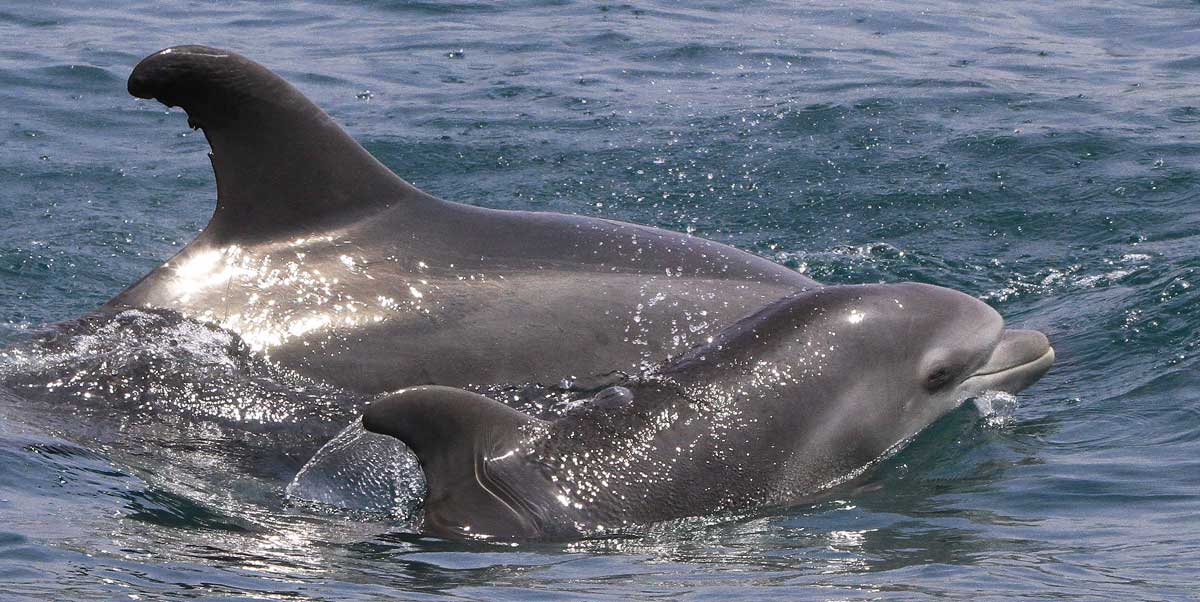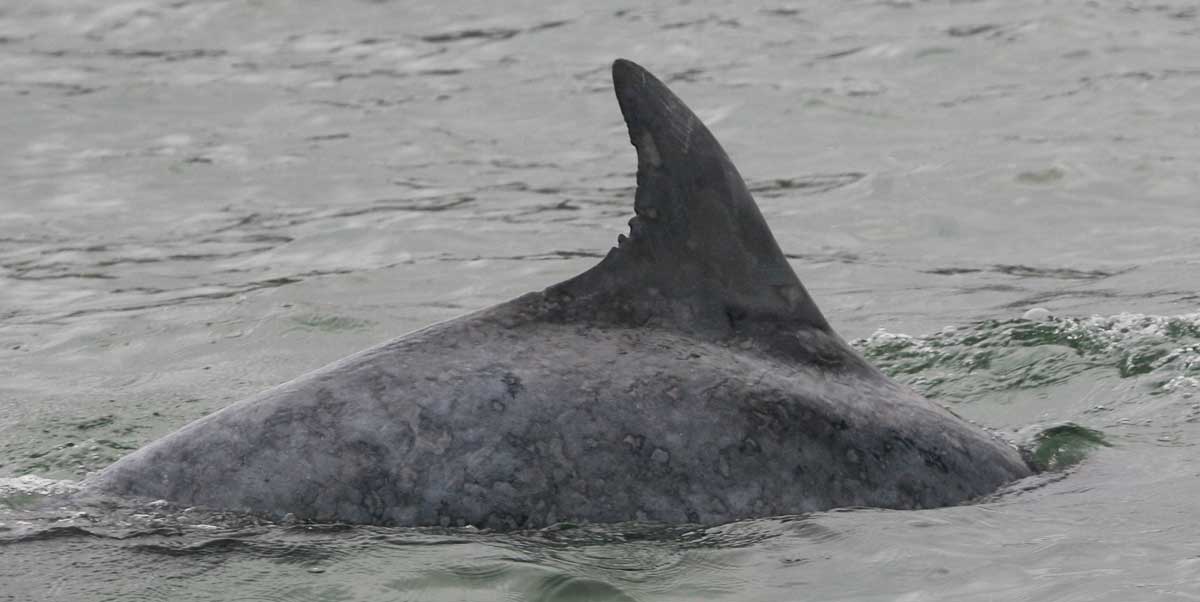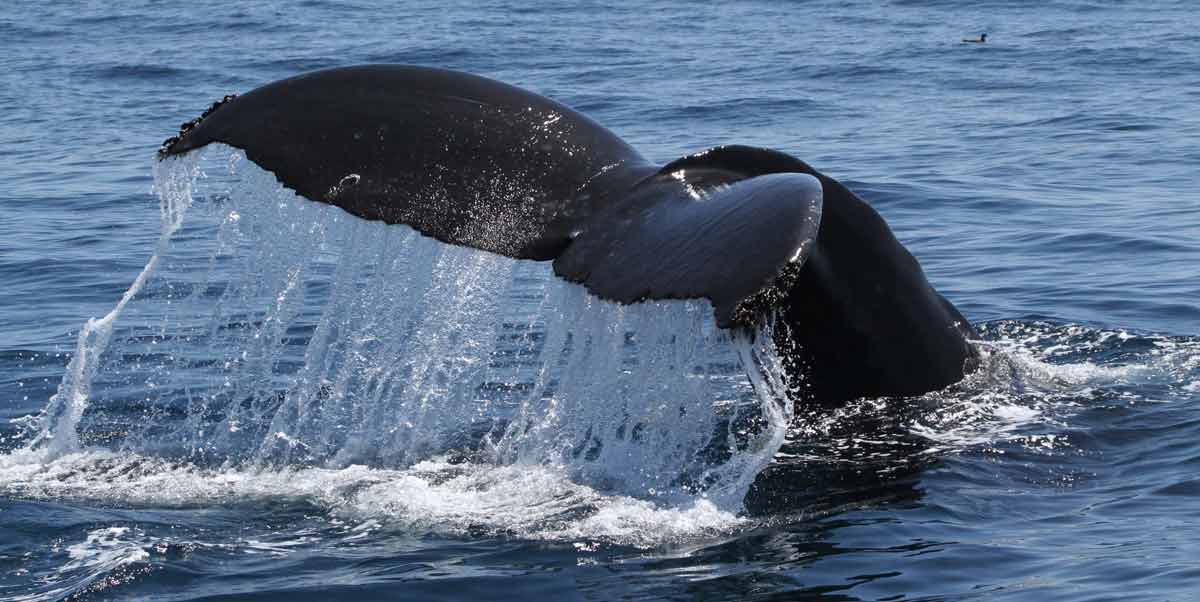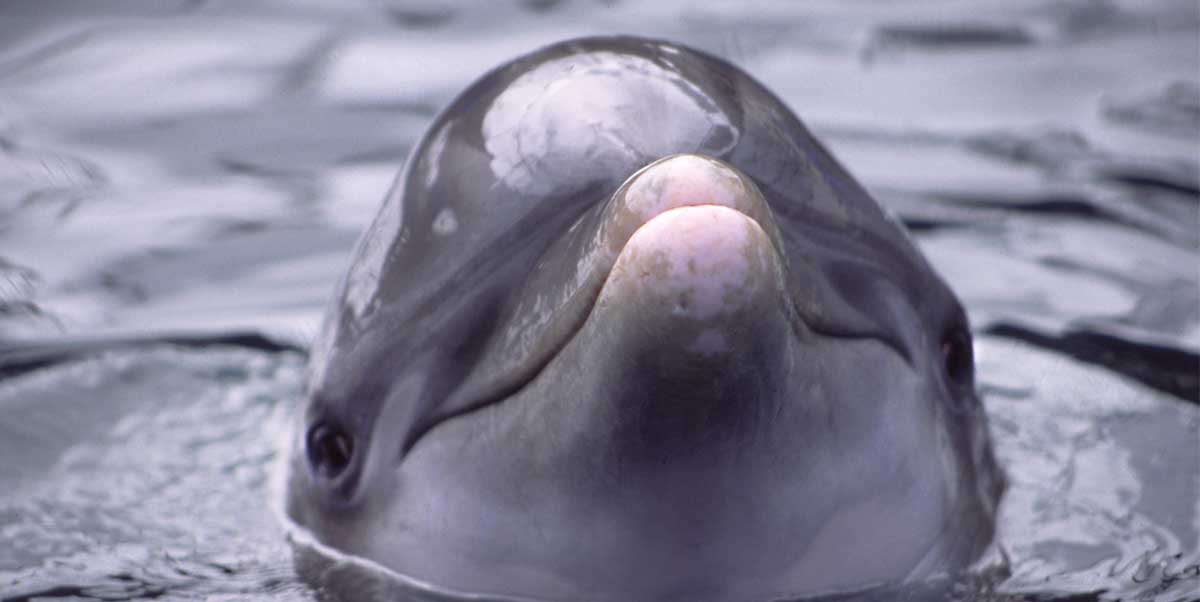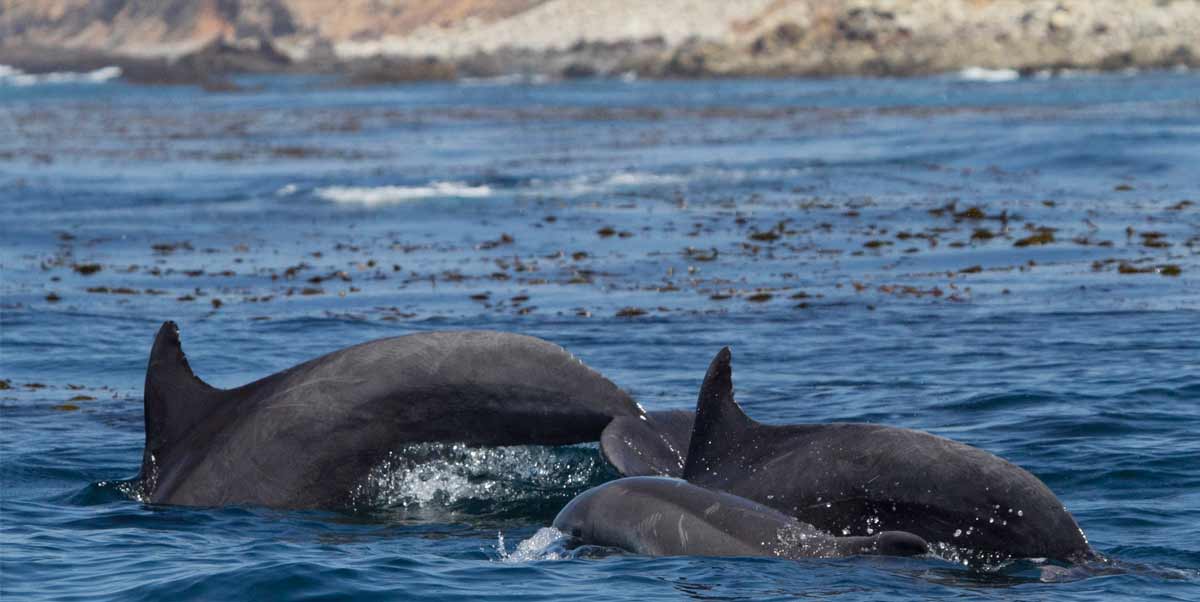Balloon Pollution
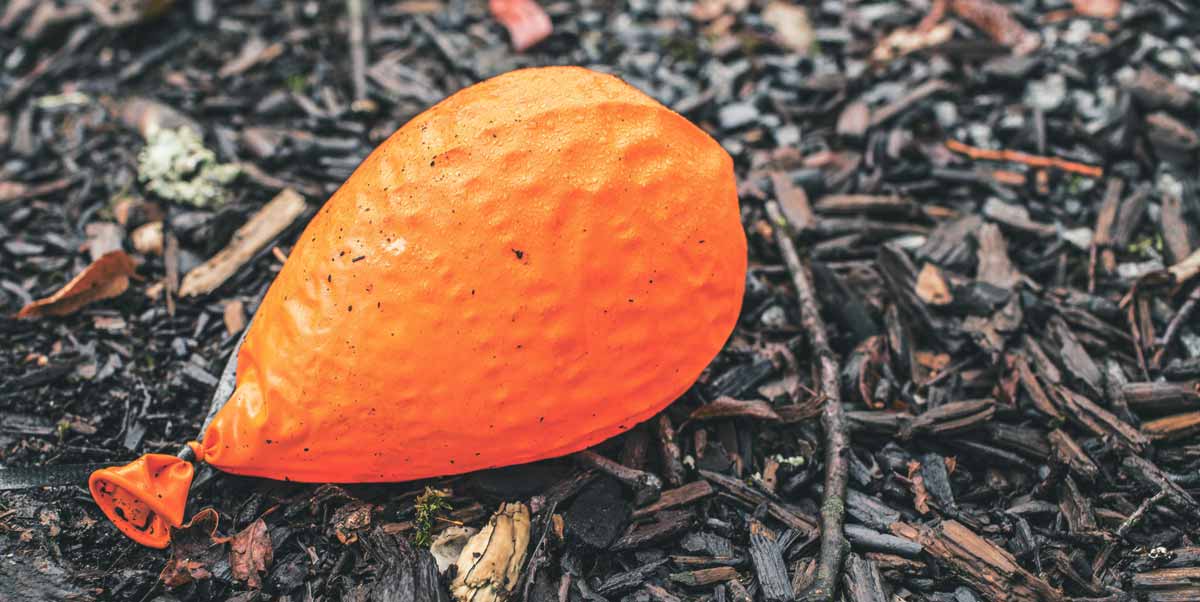
Why is this project important?
Balloons used for our entertainment pose a serious danger to wildlife, including marine mammals, seabirds and sea turtles. They can easily be mistaken for food by several marine species, and animals can die from starvation when balloons block their digestive tracts, or when they become entangled in balloon strings. This project is documenting the extent of the balloon pollution problem to help change regulations regarding balloon use and to protect marine mammals and other wildlife.
What are our current project goals?
Our goals are to raise awareness about mylar and latex balloons and to better understand their effects on marine mammals and other ocean animals. Our OCS team has recently started to collect data on these marine pollutants and to retrieve balloons found on – or near – the surface of the water during research surveys.
In addition, we will analyze all the information collected by the public via our OCS Be Balloon Aware Online Surveys, and then present the results of this study to the appropriate agencies asking them to stop the use of mylar and latex balloons.
100,000+
marine mammals die each year from plastic debris
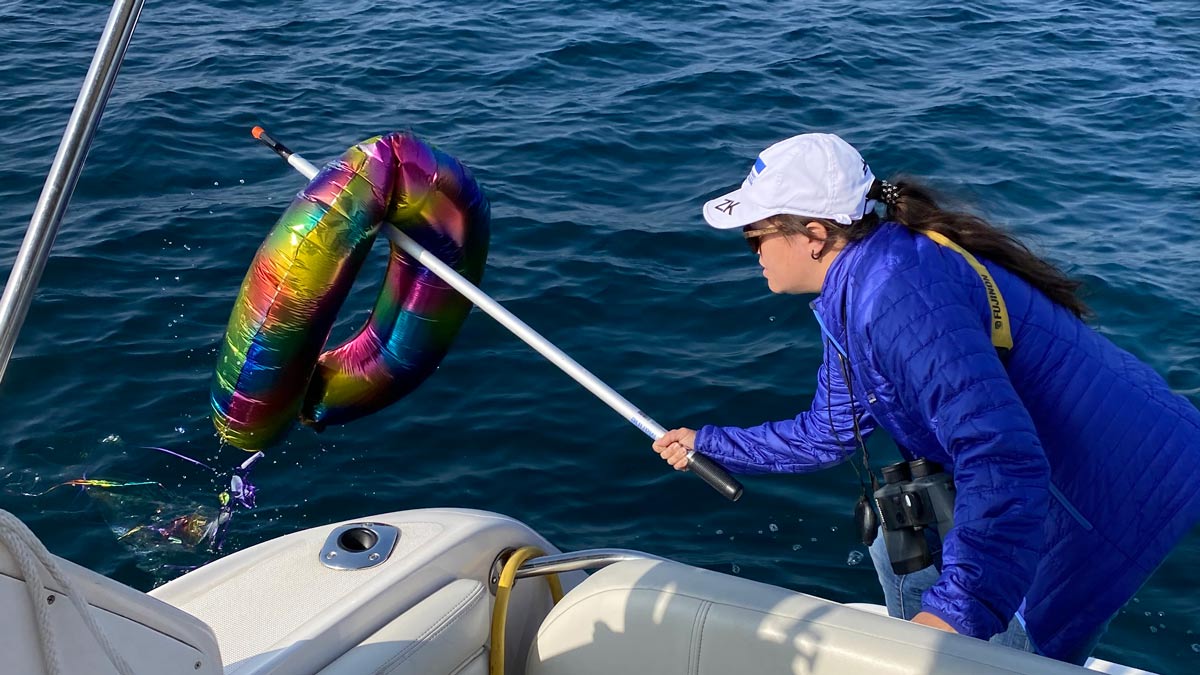
How do we collect data on balloon pollution?
Field Data
Information on balloons (or parts of them) brought aboard our research vessel includes:
• Date and location of retrieved debris
• Number and material of balloons
• Ocean conditions
• Presence of injured wildlife
The database on balloon debris will be correlated to our large OCS database. This comprehensive database allows us to gather information not only during actual marine mammal sightings but also during our search for dolphins and whales, logging the entire time we spend at sea with detailed information (GPS coordinates, weather and ocean conditions, sea temperature, presence of fronts or slicks, etc).
Public Participation
In addition, our OCS team has developed an interactive Be Balloon Aware Online Survey so the public can actively collect data (including photos of balloon litter) to help us document the extent of this pollution problem. The survey is available to everyone online who has a free Google account, and will also be distributed to the community via social media, email, etc.
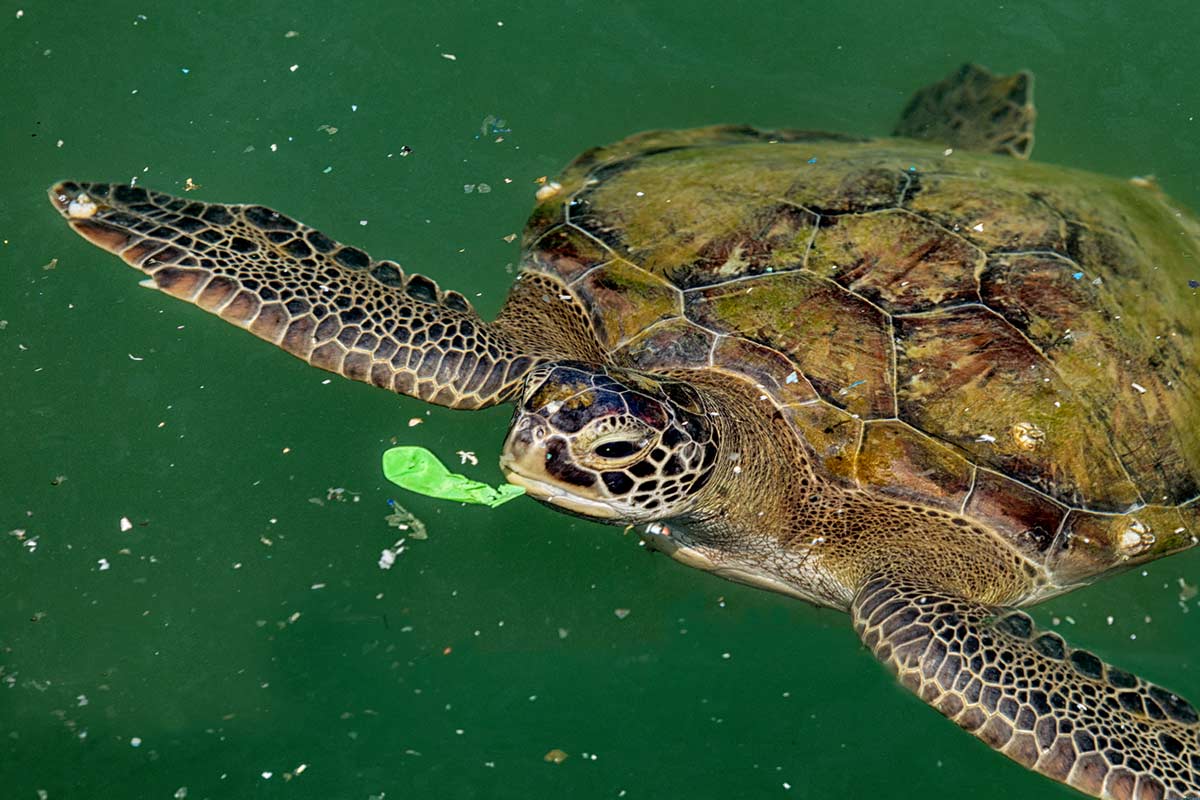
“Single-use plastics like straws and plastic bags are now widely-known to be harmful to wildlife and the environment. But balloons still tend to be associated with celebration and fun, while being a deadly nightmare for marine life. That’s why this research project and related public education campaign are so critical.”
How is this project important for conservation?
This project plans to collect and analyze systematic scientific data on this kind of debris so the information can be presented to stakeholders with the final goal of affecting changes in regulations regarding the use of balloons in or near our waters.
We will also be sharing the results of our studies on balloons, as well as our educational Be Balloon Aware campaign via social – and other – media. We believe there is an urgent need to educate everyone about the dangers of balloons for the well-being of marine animals and the environment in which they live.
END BALLOON POLLUTION
Help us scientifically document the dangers balloons pose to wildlife
Help us learn more about human impacts on our ocean environment and support efforts to spread the word about balloon pollution! Your tax-deductible contribution will enable us to continue collecting research data on balloon litter and educating the public about the deadly effects balloons have on marine and other wildlife.
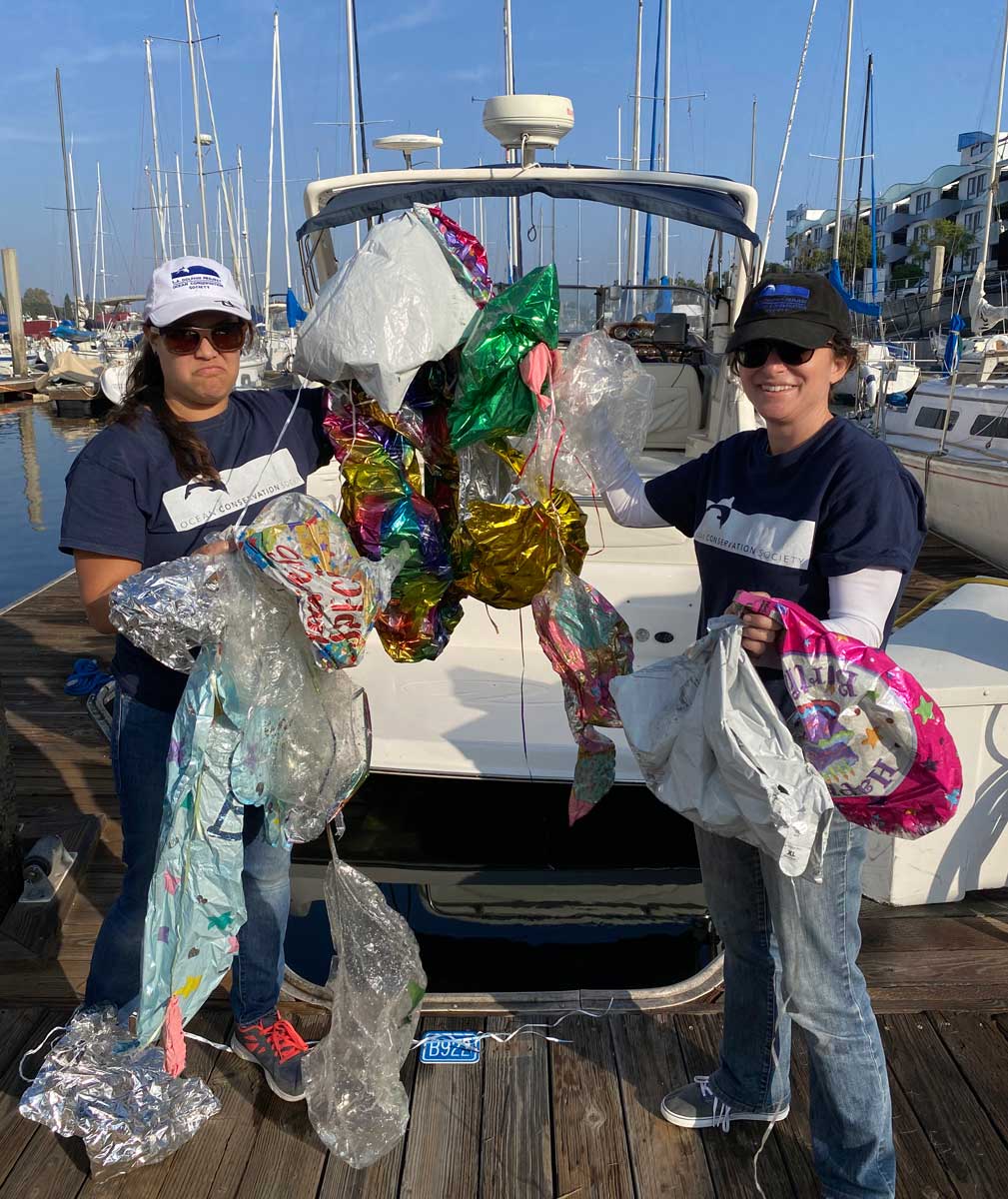
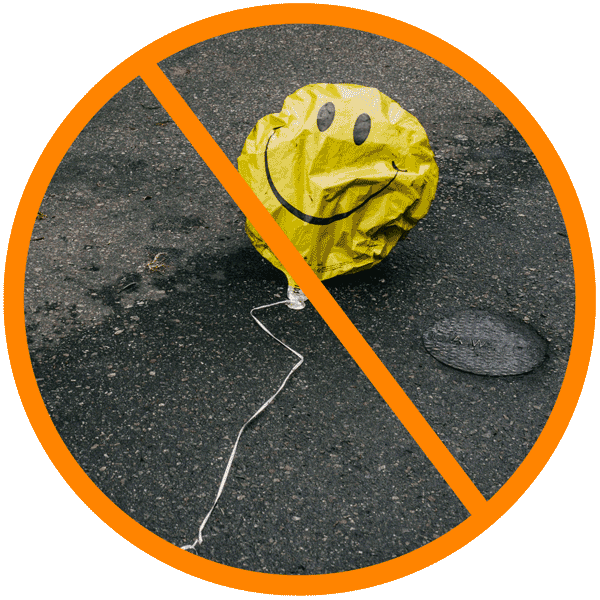
BE BALLOON AWARE
Dive deeper into this topic by visiting our Be Balloon Aware educational page!
EXPLORE

